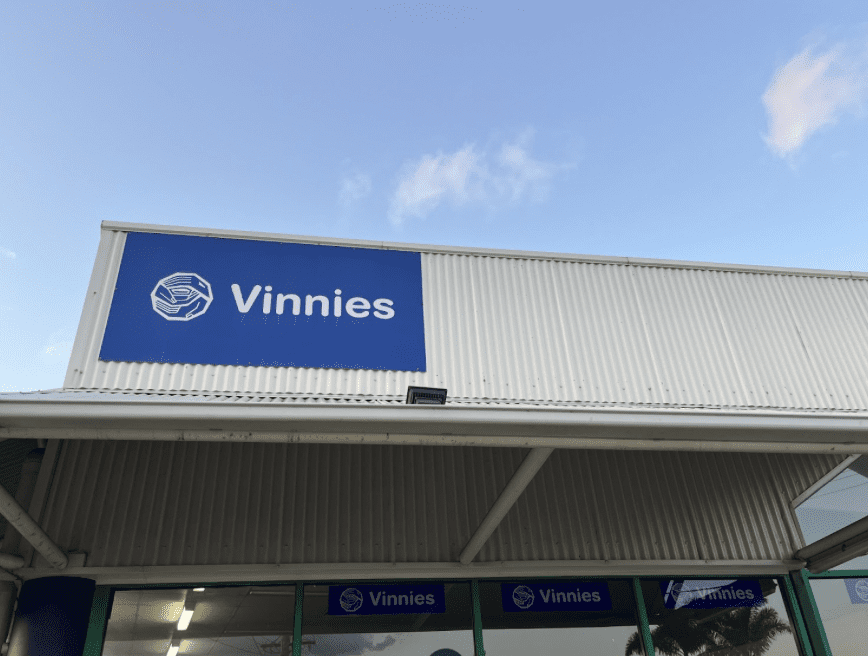Many young people are switching to buying second-hand clothing in an effort to make more sustainable fashion decisions.
Stores like St Vincent De Paul, Salvation Army and Lifeline have gained significant popularity over recent years.
St Vincent De Paul worker, Sandra Briggs has worked at the op-shop for the last six years and said she has witnessed more young people choosing recycled fashion over buying brand-new clothing.
After witnessing the circulation of clothing that op shops provide, she said she could understand the “many benefits” of buying things second-hand.
“By giving clothing a new life, op shops reduce the amount of waste going into landfill,” she said.
The negative effects of purchasing new clothing goes beyond landfill, according to Geneva Environment Network, fashion production makes up 10 per cent of humanity’s carbon emissions, dries up water sources, and pollutes rivers and streams.
Despite concerns over the negative impacts of the fashion industry, younger generations have said they want to make a difference by choosing to actively shop second-hand.
University of Wollongong student, Grace Timms, said she prefers op shopping over buying brand-new clothing.
“I enjoy finding one-of-a-kind pieces and the guilt-free experience, knowing that it is for a good cause and also beneficial for the environment,” she said.
‘New To You’ is a market stall on the South Coast which sells vintage and second-hand clothing and accessories. Stallholder William Phin said that the stall originated from his passion for sourcing unique clothing pieces. He highlights that the stall provides a sustainable approach to fashion, by recycling unwanted clothing pieces and accessories, similarly to op shops.

